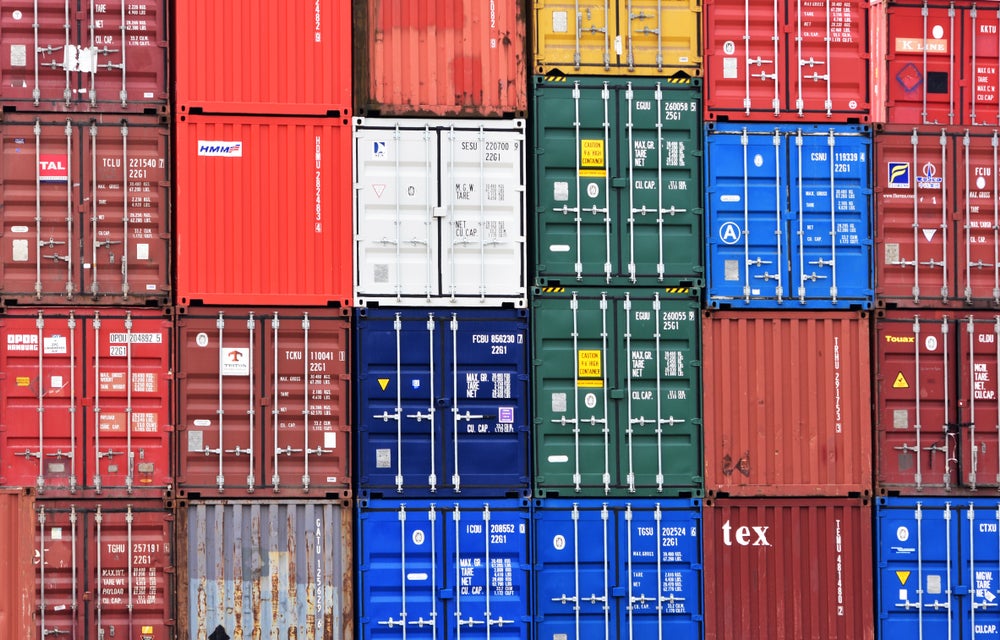Fashion retailers are being encouraged to stay on guard, monitor the shipping market rates, and prepare to negotiate or explore alternative logistics solutions as disruption in the Red Sea continues.
Patrick Lepperhoff, principal at Inverto a European supply chain management company and a part of the Boston Consulting Group, says the fashion industry has felt the impact with delivery delays for its summer clothing lines due to its high seasonality.
According to Reuters, about 15% of world shipping traffic transits via the Suez Canal, the shortest shipping route between Europe and Asia.
The supply chain expert addressed the pressing issue of freight carriers capitalising on the crisis to bolster their profit margins.
While increased costs in insurance, fuel, and other aspects contribute to rising rates, Lepperhoff warns importers to remain vigilant and says importers need to keep a close eye on market rates for shipping and be ready to negotiate or explore alternative options.
But he warns against stockpiling.
"The ability to increase inventory levels depends on your profit margins. Lower margins make it more difficult to keep higher stock levels, as this comes at an extra cost. Shifting too far away from “just in time” is not practical for many industries without damaging profitability."
Retailers are mitigating the impact of cost increases and preventing stock shortages by reducing the amount of discounting typically seen during this season.
Reuters says, citing data from LSEG and Centric Market Intelligence, in the US, retailers' discounts have averaged 39% so far in January, down from 41% a year ago.
The news agency went on to add that the disruptions to shipments from Asia to Europe and the US could potentially see more retailers looking to "nearshore" or source more from suppliers closer to their markets, although cost here is a key consideration.
Dr Sheng Lu, associate professor in the Department of Fashion and Apparel Studies at the University of Delaware, noted at the time how the incident “underscored the vulnerability” of global trade amid geopolitical tensions, which could encourage fashion companies to prioritise sourcing flexibility and diversification as strategic responses to navigate the uncertainties in the business environment.
Lu implied that the resulting shipping disruptions could “impact millions of daily EU apparel imports from Asia, with limited practical alternatives at least in the short term.”
Additionally, vessels navigating the Red Sea now face substantially higher war risk insurance said Lepperhoff, adding another layer of a financial burden on manufacturers and retailers in the supply chain.
The results of a financial burden were echoed two weeks ago when British Retail Consortium (BRC) chief executive Helen Dickinson OBE reported in the BRC’s UK retail December sales that she expects 2024 to be another challenging year for UK retailers when it comes to juggling costs compounded by disruptions to shipments from the Far East via the Red Sea.
Drawing from lessons learned during the supply chain disruptions caused by COVID and the Suez crisis, Lepperhoff explained that companies have been better prepared to navigate the challenges presented by the Red Sea crisis.
For instance, in early January Danish freight company A.P. Moller-Maersk took action and suspended all transits through the Red Sea and Gulf of Aden in response to the escalating Houthi attacks on its shipping vessels in the region.
“The contingency planning that businesses have undertaken means that the situation is far less chaotic than it could have been,” said Lepperhoff.









